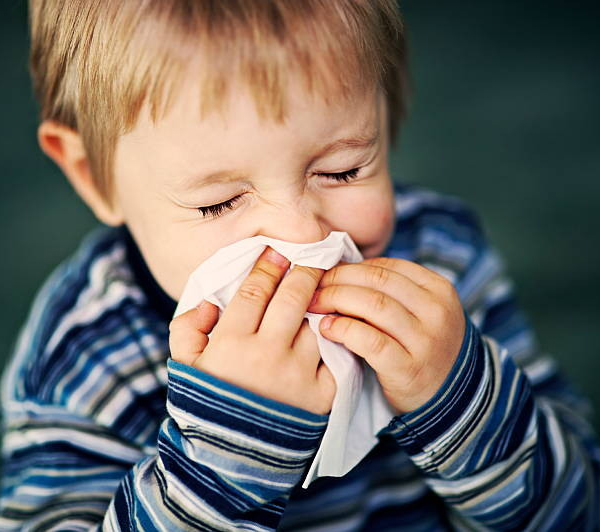-

01:00 pm To 03:00 pm
& 06:00 pm To 08:00 pm -

Call Us
022-41231520 / 9820728261
01:00 pm To 03:00 pm
& 06:00 pm To 08:00 pm
Call Us
022-41231520 / 9820728261


The purpose of the nose is to warm and humidify the air that we breathe, the moist, warm air is then delivered to the lungs. When the nose is blocked this can have significant impacts on a child’s health.
A child’s blocked nose may contribute to disturbed sleep in the form of restlessness during sleep, poor sleep quality, tiredness during the day. Disturbed sleep in a child can significantly impact on childs performance in school.
With long standing nasal blockage a child’s mid-face may not grow as well as the other parts of their face. This changes the appearance of the child and is known as ‘Adenoid Facies’. The upper jaw can change in shape and contribute to a high arch palate and crowding of teeth.
With a blocked nose a child sometimes struggles with physical activity due to the restriction of airflow. There can be a struggle during swimming activities,and sports on grass can be really disturbing causing sneezing and running nose if the child has a component of allergic rhinitis.
A blocked nose can produce a nasal type of speech called a “hyponasal” voice. This can make it difficult for the child to be understood. Large, bulky adenoids (which sit behind the palate) can stop the palate from moving freely and contribute to this “hyponasal” voice.
There is an increased risk of dental caries in kids having long standing mouth breathing, discolored teeth and poor alignment of teeth (with a higher chance of requiring orthodontics). Treatment of mouth breathing and a blocked nose in a child is suggested before secondary (adult) teeth erupt, which commonly starts at the age of 6 to 7 years.